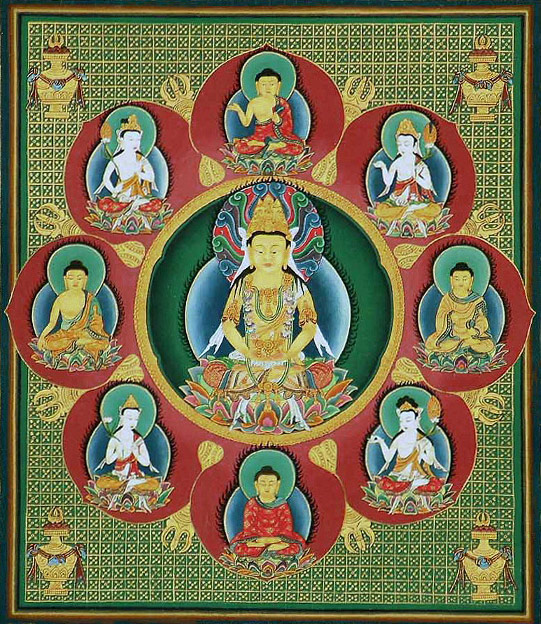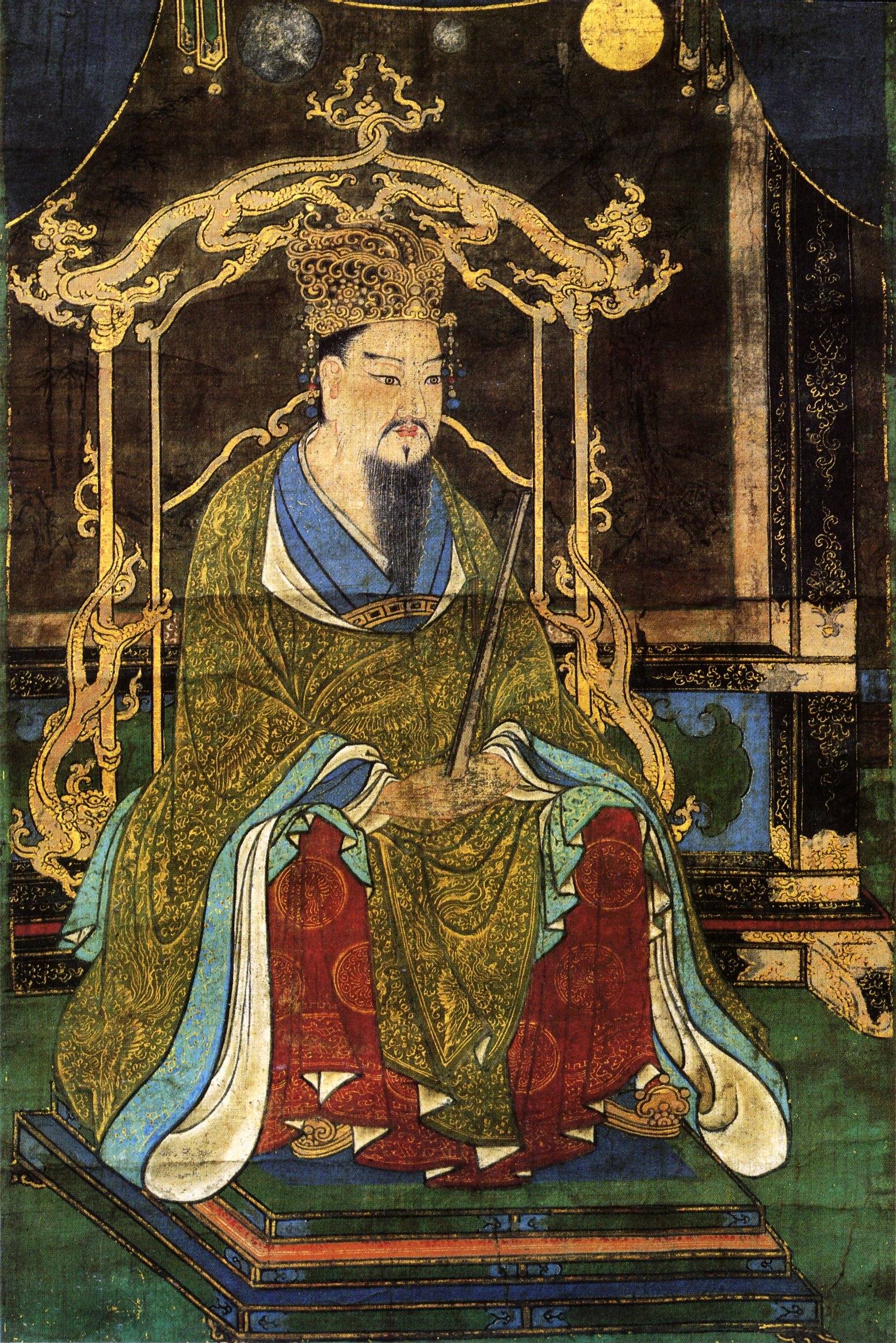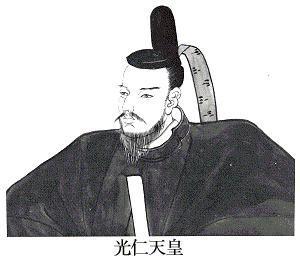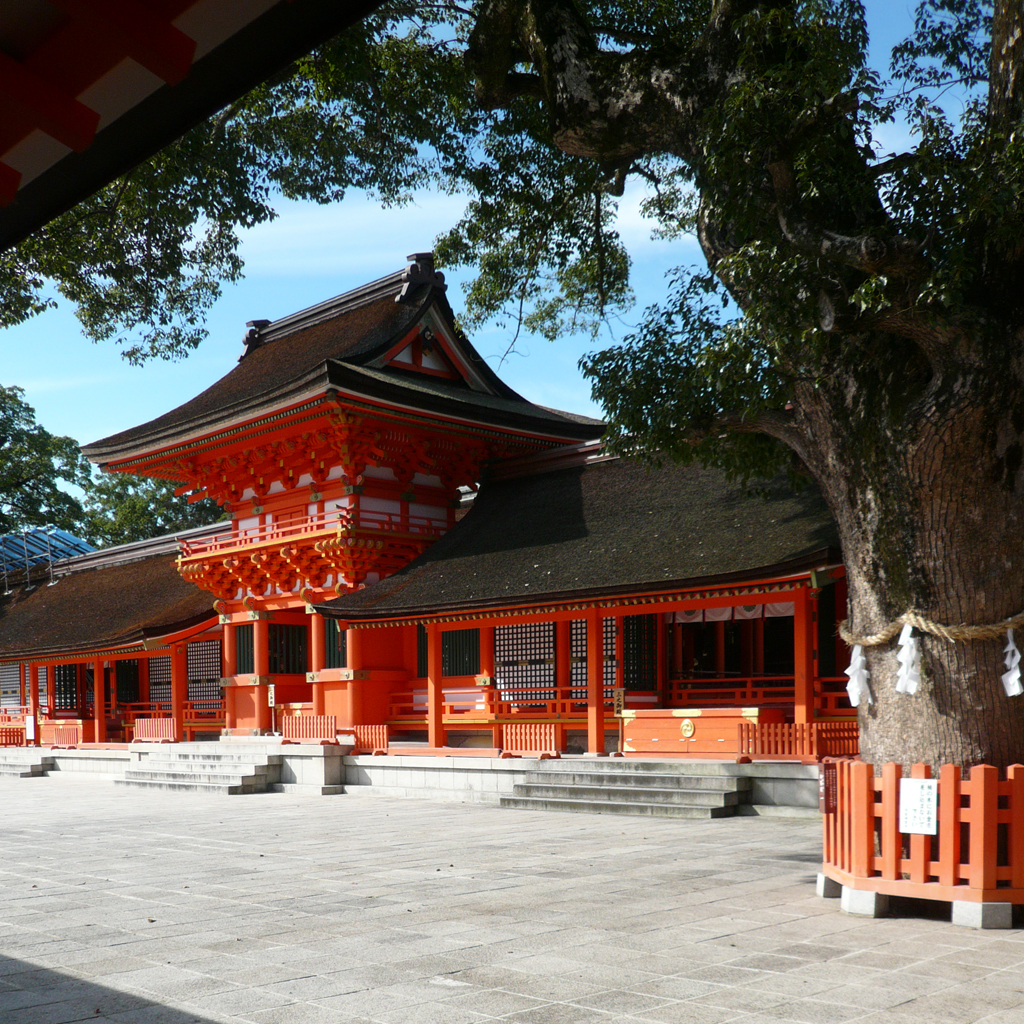The First Shōgun







You can read the Mahavairocana Sutra for yourself by downloading it from the Society for the Promotion of Budhism (Bukkyo Dendo Kyokai) by clicking here.



You can read the Lotus Sutra for yourself by downloading it from the Society for the Promotion of Budhism (Bukkyo Dendo Kyokai) by clicking here.


Visit the Japanese Historical Text Initiative!
Special thanks to the Association for Asian Studies for granting permission for me read aloud from Tales of Earth and Wind: A Translation of Fudoki, with Introduction and Commentaries!
Visit this site to see more of the Man’yoshu’s poetry!
Check out 1000 Poems from the Manyoshu on Amazon! (not an affiliate link)
This site has a great rundown of the Battle of Subuse with diagrams and illustrations – http://emishi-ezo.net/Conquest/Subuse.html






Recent Comments